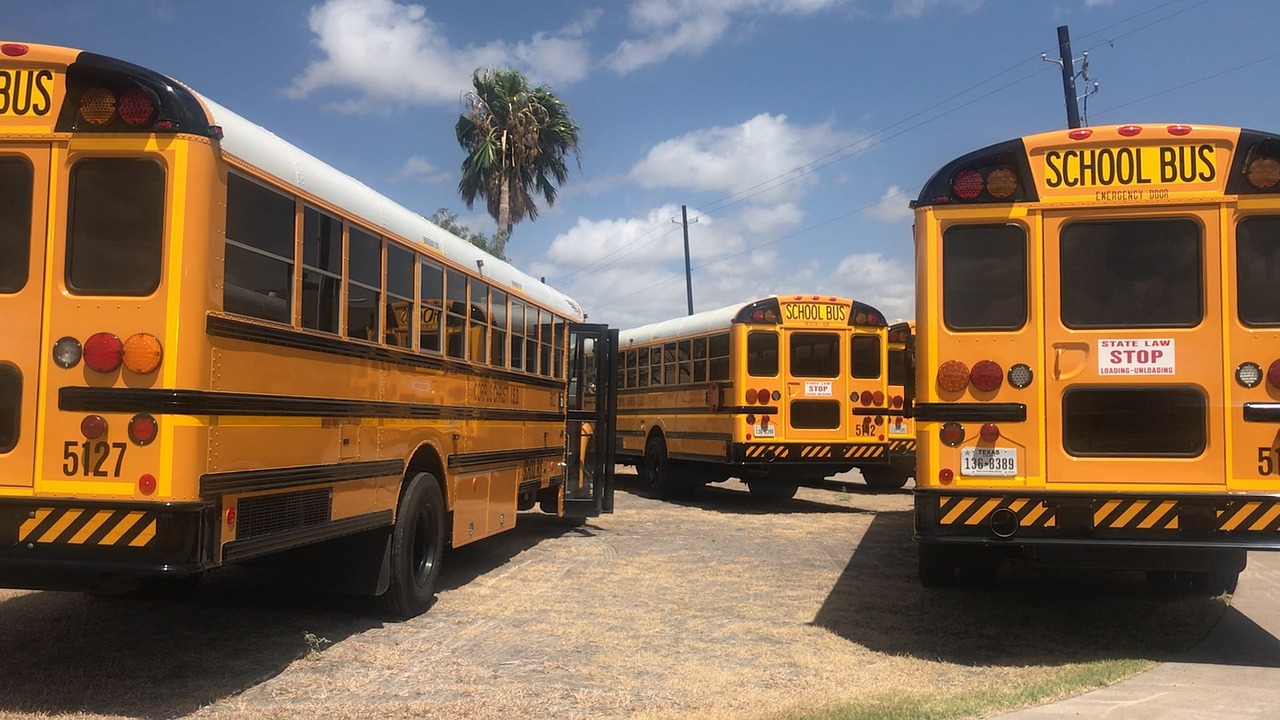School buses are considered one of the safest modes of transportation for children, but accidents can still occur. Understanding the statistics and trends surrounding school bus injuries is important for parents, school administrators, and policymakers to ensure that children are safe while riding on a school bus. Fortunately, head injuries are relatively rare on school buses compared to other types of injuries.
According to the National Highway Traffic Safety Administration (NHTSA), there were 132 school-age children killed in school transportation-related crashes in the United States from 2006 to 2015. Of these, 70% were passengers on school buses, 17% were pedestrians, and 12% were occupants of other vehicles.
Statistics related to school bus injuries and what parents and school administrators can do to reduce the risk of harm:
- Frequency of School Bus Accidents: According to the National Highway Traffic Safety Administration (NHTSA), there are approximately 17,000 school bus accidents each year, resulting in an average of six fatalities. While these numbers may seem small compared to the number of accidents involving other types of vehicles, even one injury or death is one too many.
- Injuries to Children: Children are the most vulnerable passengers on a school bus, and they are also the most likely to be injured in the event of an accident. Injuries to children can range from minor cuts and bruises to more serious injuries, such as broken bones or head injuries.
- Causes of School Bus Accidents: School bus accidents can be caused by a variety of factors, including driver error, vehicle malfunctions, and road conditions. In some cases, accidents can be caused by other drivers who are driving aggressively or negligently around the bus.
- Safe Loading and Unloading: A significant number of school bus accidents occur during the loading and unloading of passengers. To reduce the risk of injury, parents and school administrators should educate children on safe practices for getting on and off the bus, and make sure that bus drivers follow established procedures for ensuring the safety of passengers during these times.
- Importance of Seat Belts: While seat belts are not required on school buses, some states have begun to require them in new buses. Research has shown that seat belts can significantly reduce the risk of injury in the event of an accident, so parents and school administrators should advocate for the installation of seat belts in all school buses.
- Driver Training: School bus drivers must be properly trained and licensed to operate a school bus, and they must also undergo regular training to maintain their skills and knowledge. Proper training can help to reduce the risk of accidents and ensure that drivers are equipped to handle emergency situations.
It is important to note that the majority of school bus-related fatalities occur among pedestrians and occupants of other vehicles, rather than school bus passengers. In fact, the NHTSA reports that school buses are the safest way to transport children to and from school, with an average of only 1 to 2 fatal accidents per year involving school bus passengers.
Additionally, data from the NHTSA also indicates that school buses are involved in fewer accidents per mile traveled compared to other vehicles. This is due, in part, to the design of school buses, which are equipped with safety features such as high-backed seats, seat belts, and shatterproof glass.
However, accidents can still occur on school buses, and injuries can range from minor cuts and bruises to more serious injuries such as broken bones and head trauma. The NHTSA reports that the most common types of injuries sustained by school bus passengers are cuts and bruises, followed by sprains and strains.
To reduce the risk of injury on school buses, parents, school administrators, and policymakers can take steps to improve safety. This may include advocating for the installation of seat belts on school buses, providing education and training for school bus drivers, and implementing policies to promote safe behavior among students while riding on a school bus.
By staying informed and taking steps to reduce the risk of injury, parents and school administrators can help to keep children safe while they are riding the bus. Regular monitoring of school bus safety statistics and promoting safe practices for loading and unloading, the use of seat belts, and driver training can help to further improve the safety of school bus travel for children.


